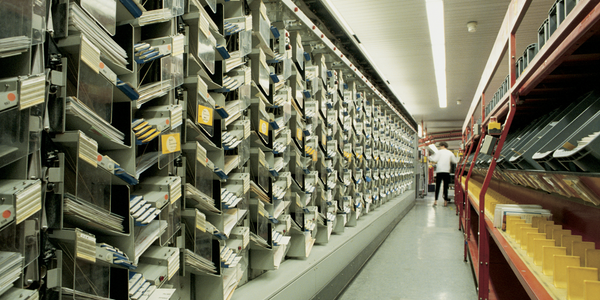Download PDF
Logrand Group: 2015 Innovation Award Winner
Technology Category
- Analytics & Modeling - Real Time Analytics
- Platform as a Service (PaaS) - Connectivity Platforms
Applicable Functions
- Business Operation
- Sales & Marketing
Use Cases
- Predictive Quality Analytics
- Real-Time Location System (RTLS)
Services
- Software Design & Engineering Services
- System Integration
The Challenge
Logrand’s vision is to become a customer-centric, Digital Enterprise. To achieve this, Logrand wants to adopt new digital business models and change from manual operations to those that are reactive, predictable and automated. The end game: Increase customer satisfaction.
About The Customer
Established in 2006, The Logrand Group operates 14 casinos and 6,000+ slots machines at gaming and entertainment establishments across Mexico. The company is known for excellent quality service, making sure customers have the most unique and unforgettable experience. Headquartered in Monterrey, The Logrand Group is proud to promote a culture of safety and responsible gaming. Its motto: “We make FUN, a serious business.”
The Solution
Logrand bets on Software AG’s Digital Business Platform to realize their vision. Using webMethods, Logrand seamlessly integrates all systems and applications, including SAP® and custom CRM systems for access to both historical and realtime data instantly. With Apama big data streaming analytics, Logrand can monitor, analyze, correlate and act upon information arising from massive amounts of data.
Operational Impact
Related Case Studies.

Case Study
Leading Tools Manufacturer Transforms Operations with IoT
Stanley Black & Decker required transparency of real-time overall equipment effectiveness and line productivity to reduce production line change over time.The goal was to to improve production to schedule, reduce actual labor costs and understanding the effects of shift changes and resource shifts from line to line.

Case Study
IoT Data Analytics Case Study - Packaging Films Manufacturer
The company manufactures packaging films on made to order or configure to order basis. Every order has a different set of requirements from the product characteristics perspective and hence requires machine’s settings to be adjusted accordingly. If the film quality does not meet the required standards, the degraded quality impacts customer delivery causes customer dissatisfaction and results in lower margins. The biggest challenge was to identify the real root cause and devise a remedy for that.

Case Study
Jaguar Land Rover Speeds Order-to-Cash Cycle
At Jaguar Land Rover, vehicles physically move around the facility for testing, configuration setting, rework and rectification, leading to a longer search time to get each vehicle to its next process facility. The main goal is to minimize the vehicles' dwell time between end of line and the delivery chain which was previously a manually intensive process. Jaguar Land Rover's goal was to build on the success of an earlier RFID project and improve the efficiency of delivering vehicles to meet dealer orders.

Case Study
Improve Postal Mail and Package Delivery Company Efficiency and Service
Postal mail and package delivery company wanted to replace legacy yard management system, increase inbound and outbound yard velocity, improve priority parcel delivery time and accuracy, reduce workload and overtime, reduce driver detention and measure performance and utilization of yard resources.

Case Study
Hospital Management Solution
The Oncology Diagnosis and Treatment Center of Brasov wanted to give patients as much freedom to roam as possible, while at the same time ensuring optimal patient safety and security. The centre was in need of an adequate wireless voice communication and messaging solution that would give patients the confi dence that medical staff is always on call, and reduce stress levels of nurses and doctors when called in case of urgent need.
Case Study
Worker Tracking & Safety Monitoring in Construction
One of the main challenges facing the technology was to create a network within underground tunnels and another was to provide products that can withstand harsh working environment. The team used amplifiers to enhance bandwidth and Litum produced IP67-rated hardware that is durable for harsh working conditions.





